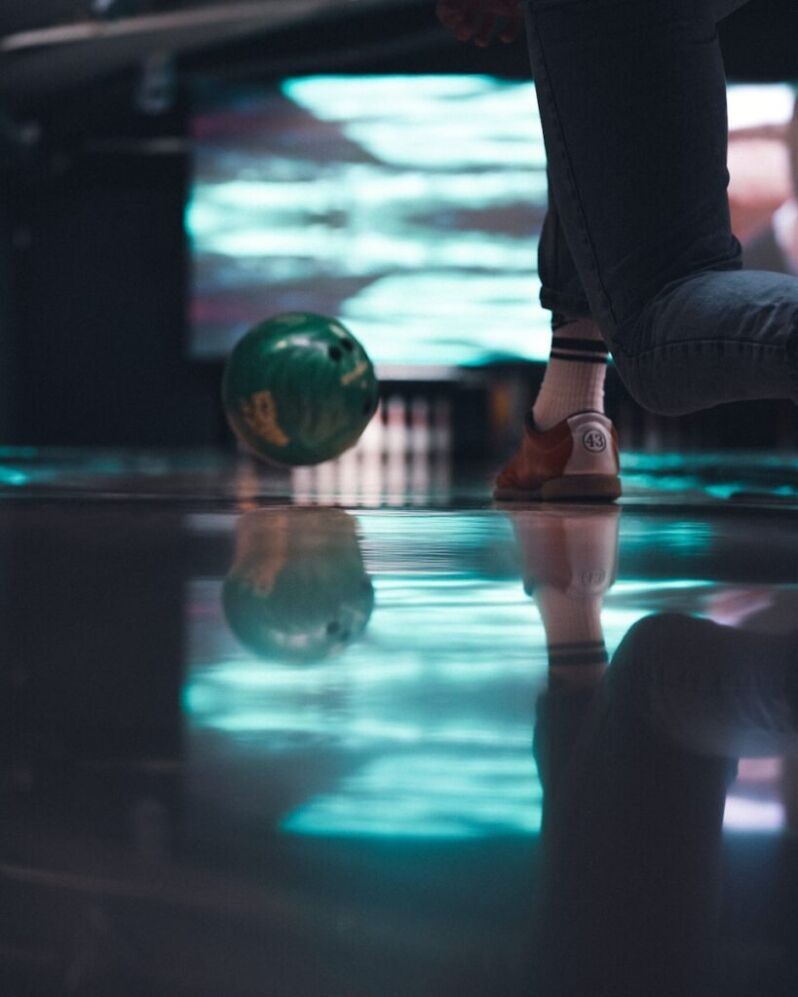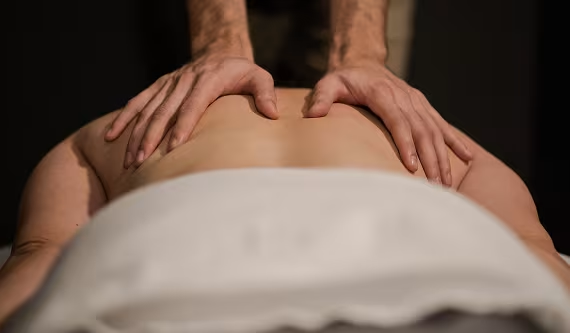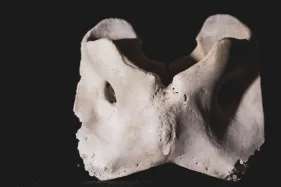The Overlooked Athleticism of Bowling
Bowling may seem like a relaxed game, but it demands a surprising level of strength, balance, coordination, and endurance. Whether you’re a casual player enjoying a night out with friends or a dedicated league competitor in Edmonton or Sherwood Park, your body undergoes repetitive movements that, over time, can lead to muscle strain, joint stress, or even chronic injury. From the explosive power needed for your approach to the fine motor control required for a precise release, bowling engages key muscle groups—including the forearm, wrist, shoulder, core, and lower body.
Although bowling is considered a low-impact activity, improper technique, inadequate strength training, and repetitive stress can contribute to imbalances, overuse injuries, and decreased performance. Common issues such as wrist tendonitis, shoulder strain, and lower back discomfort can sideline bowlers if not addressed proactively.
To keep yourself in top form and extend your longevity in the sport, it’s essential to understand which muscles are most engaged, recognize the warning signs of potential injuries, and implement targeted strategies—such as strength training, flexibility exercises, and recovery techniques—that support peak performance and prevent setbacks. By taking a proactive approach, you can enhance your endurance, improve your accuracy, and continue enjoying the game without unnecessary strain or discomfort.

The Muscles That Keep You Bowling Strong
Bowling relies on a combination of upper body strength, core stability, and lower body control. Strengthening these areas will improve performance and help prevent injury.
Arms and Shoulders
- The deltoids, biceps, and triceps generate force during the swing and release.
- The rotator cuff muscles stabilize the shoulder and prevent strain.
- Strength tip: Incorporate wrist curls, resistance band rotations, and shoulder raises into your workouts.
Core Strength
- The abdominals and obliques help maintain balance and posture during play.
- A strong lower back supports fluid motion and reduces strain on the spine.
- Core-building tip: Perform planks, Russian twists, and controlled crunches to improve stability.
Legs and Hips
- The quadriceps, hamstrings, and glutes generate power for the approach and release.
- The calves and ankle stabilizers ensure a smooth follow-through.
- Strength tip: Lunges, squats, and single-leg exercises build endurance and balance.
Flexibility plays a major role in preventing injuries, so stretching before and after games is essential.
Common Bowling Injuries and How to Avoid Them
Even though bowling is not a contact sport, it still carries risks. Overuse injuries and improper form are the most common causes of pain or discomfort. Below are frequent injuries and steps to prevent them.
1. Wrist and Forearm Pain
- Cause: Repetitive motion from gripping and releasing the ball.
- Prevention: Choose a ball with a comfortable weight, strengthen wrist and forearm muscles, and consider using a support brace.
- Treatment: Ice therapy, rest, and therapeutic massage to ease tension.
2. Shoulder Strain
- Cause: Poor mechanics or excessive play without recovery.
- Prevention: Strengthen the rotator cuff, use proper technique, and avoid overextending your arm.
- Treatment: Stretching, shockwave therapy, and modified movements.
3. Lower Back Discomfort
- Cause: Repeated twisting and bending motions.
- Prevention: Strengthen the core and lower back, use proper posture, and avoid excessive bending.
- Treatment: Stretching, manual osteopathy, and muscle relaxation techniques.
4. Knee and Ankle Issues
- Cause: Sudden stops, imbalance, or poor foot placement.
- Prevention: Strengthen leg muscles, wear supportive footwear, and maintain proper stance.
- Treatment: Rest, sports massage, and controlled rehabilitation exercises.
Recovering and Returning to the Lanes
A well-planned recovery routine can make all the difference in how quickly you return to the sport. Here’s what you can do to heal properly and prevent future setbacks:
- Rest and Ice: Give your body time to recover and use ice packs to reduce swelling.
- Stretching and Mobility Work: Gently reintroduce movement to maintain flexibility.
- Professional Treatment: Seek therapeutic massage or acupuncture to ease pain and promote healing.
- Strength Restoration: Gradually rebuild strength through controlled exercises to avoid reinjury.
Staying Mentally Focused on the Game
Bowling isn’t just about physical skill. Mental preparation, concentration, and relaxation techniques can help improve consistency and confidence. Here’s how:
- Visualization: Picture yourself executing the perfect shot before stepping onto the lane.
- Breathing Control: Deep, steady breathing can help maintain focus and composure.
- Relaxation Techniques: Reduce tension with stretching or meditation before playing.
- Positive Reinforcement: Build confidence with self-encouragement before every throw.
Developing a strong mental approach will help keep your performance steady, even in high-pressure situations.
Bowl with Strength, Stay Injury-Free
Bowling is an enjoyable sport that combines precision, endurance, and strategy. Whether you’re competing in a Sherwood Park league or just enjoying a casual game in Edmonton, keeping your body conditioned will improve your game and prevent injuries. With the right preparation, recovery, and mental focus, you can continue playing without discomfort.
For additional support, visit Athlete’s Choice Massage for specialized treatments tailored for active individuals. Book an appointment at our South Edmonton location and keep your body in peak condition.





